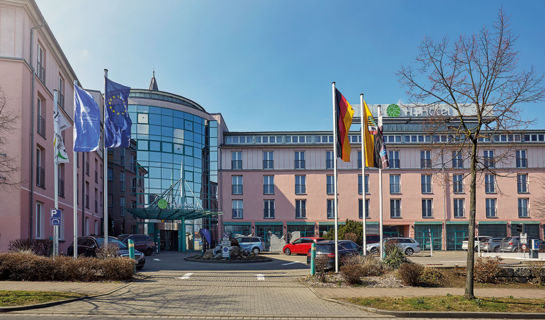Saxony-Anhalt
WELCOME TO Saxony-Anhalt
State Overview
Magdeburg
20,447 km2
2.16 million
German

Popular
Geography and Tourist Attractions
Information about the state's tourist attractions, including popular destinations, events, and activities.

Harz Mountains

Lutherstadt Wittenberg

Bauhaus Dessau
Political
Economy and Government
Saxony-Anhalt is one of Germany's 16 federal states, with a population of 2.16 million as of 2021. The state has a mixed economy that includes both traditional industries like agriculture and mining, as well as newer sectors like renewable energy and biotechnology. Unemployment rates in Saxony-Anhalt have historically been higher than the national average, but the state has made efforts to attract new businesses and create jobs in recent years.
The government of Saxony-Anhalt is a parliamentary system with a unicameral legislature called the Landtag. The state is governed by a coalition of the Christian Democratic Union (CDU) and the Social Democratic Party (SPD), with Reiner Haseloff serving as Minister-President since 2011. Saxony-Anhalt is also home to several important federal agencies and research institutions, including the Federal Institute for Materials Research and Testing (BAM) and the Max Planck Institute for Dynamics of Complex Technical Systems. Overall, Saxony-Anhalt plays an important role in Germany's economy and research landscape.

History
History and Culture
Saxony-Anhalt has a rich history and culture that dates back to prehistoric times. The state is home to several important archaeological sites, including the UNESCO World Heritage Site of the Naumburg Cathedral and the Neolithic circular enclosure of Goseck. In the Middle Ages, Saxony-Anhalt was a center of power and learning, with cities like Magdeburg and Wittenberg playing important roles in the Holy Roman Empire. Martin Luther's teachings took root in Wittenberg, making it an important site of the Protestant Reformation.
Saxony-Anhalt has also contributed significantly to German culture. The state is known for its traditional half-timbered houses and other examples of traditional German architecture. The region has also been home to many famous artists and writers, including Kurt Weill, Friedrich Nietzsche, and Georg Philipp Telemann. Today, Saxony-Anhalt hosts several annual cultural events, such as the Dessau-based Kurt Weill Festival and the annual Handel Festival in Halle. Overall, Saxony-Anhalt's history and culture are integral parts of the state's identity and contribute to its rich heritage.
HOTELS

Hotel Alte Canzley, Halle

Hotel Fürstenhof, Dessau

H+ Hotel Magdeburg
RESTAURANTS

Entenhaus Zur Eiche, Wernigerode

Restaurant Reblaus, Halle

